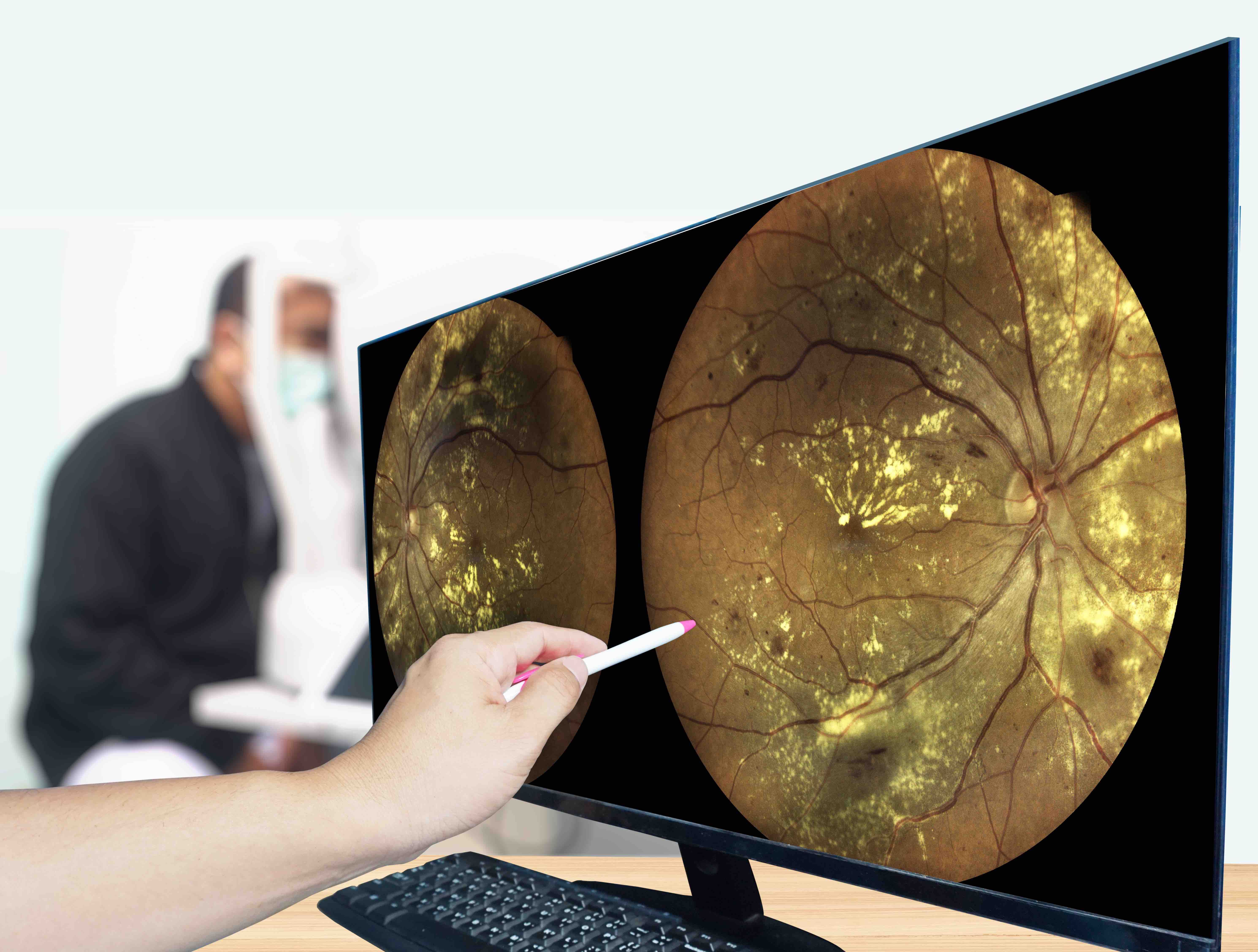Video
Dr Burcu Zeydan Discusses How, Why Postrelapse Recovery Potential Declines With Older Age in MS
Relapse at an older age can significantly contribute to a worsening of multiple sclerosis (MS), explained Burcu Zeyda, MD, assistant professor of neurology, assistant professor of radiology, at Mayo Clinic.
Just 1 relapse in the disease course of multiple sclerosis (MS) at an older age can significantly contribute to a worsening of the disease, explained Burcu Zeyda, MD,assistant professor of neurology, assistant professor of radiology, at Mayo Clinic.
Transcript
How does aging impact multiple sclerosis?
We know that there are several aging-associated observations in multiple sclerosis. These observations are likely to contribute to many aspects of the disease course and illness, such as clinical and subclinical activity, recovery from relapses, progressive MS onset, CNS [central nervous system] reserve, and aging-related changes in the immune system, including immunomodulation.
First of all, the postrelapse recovery potential significantly declines with aging. Patients whose first ever relapses happened earlier in life recover better than those whose first ever relapses happen later in life. We also showed that when the first and last several relapses within the same individual are compared, the postrelapse recovery potential declines with aging, leading to a greater disability accumulation due to relapses.
Another important aging-related observation is the time of transition from the relapsing-remitting phase to the progressive phase in MS. As about 80% of the patients ultimately evolve to the progressive phase of the disease, it is important to point out that the progressive MS onset seems to be age-dependent. We have shown in the past that evolution from the relapsing-remitting phase to the progressive phase usually happens during the fifth decade, with a mean age of 45 plus or minus 10 years.
The structural central nervous system reserve is also expected to decrease with aging, both in the general population and also in patients with MS. And the imaging studies showed that the white matter maturation terminates by the fourth decade, but it starts to decline afterwards. And we think that this might be relevant to the decline of postrelapse recovery potential in all the patients and also might be relevant to the transition to the progressive phase, which is expected to happen during the fifth decade.
We also observe that relapses and subclinical lesions become less common with aging in patients with MS. However, it is still important to prevent relapses in older individuals, because even a single relapse at an older age may significantly contribute to the disability worsening. This is likely due to the lower postrelapse recovery potential and higher propensity for progressive disease course with aging. It is also important in making decisions about treatment discontinuation in older adults with illness. So overall, aging seems to be the major determinant of clinical evolution in multiple sclerosis.




